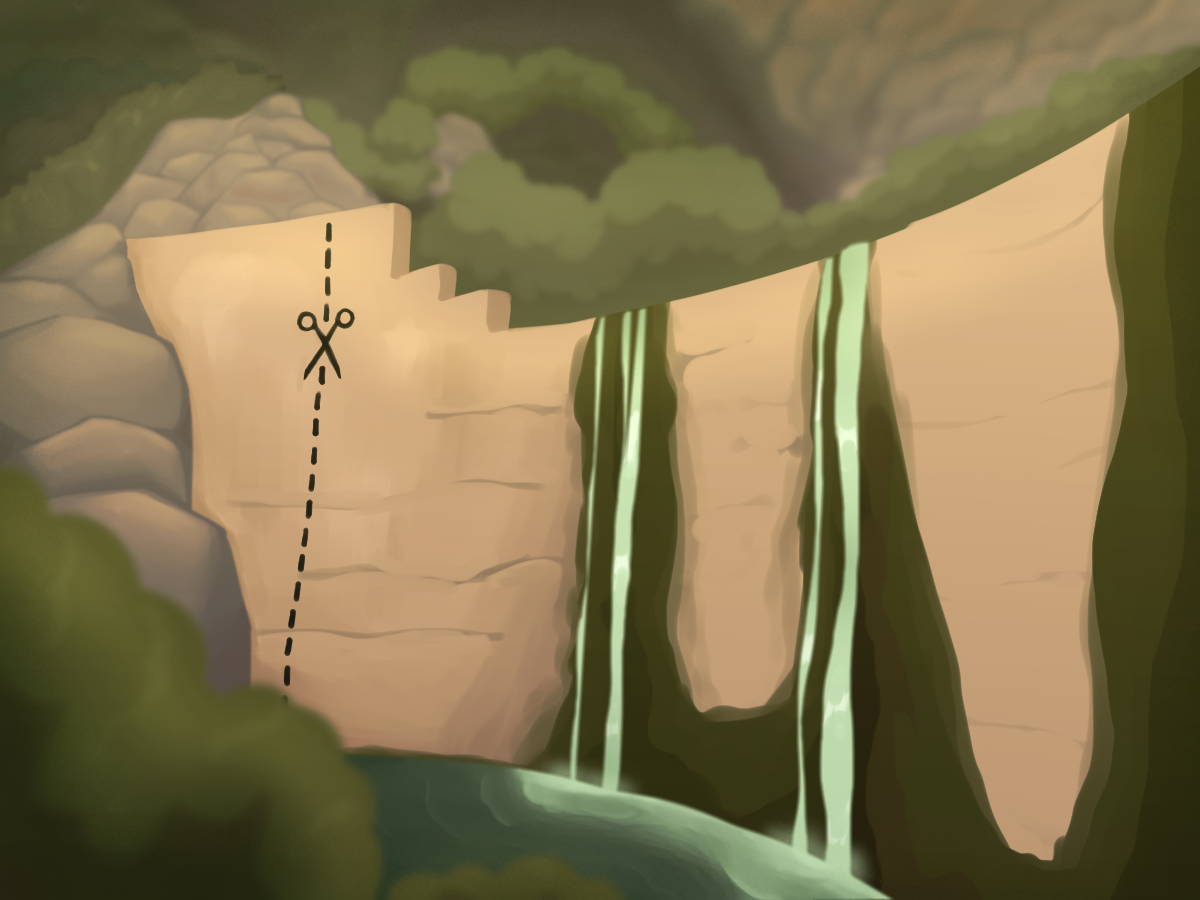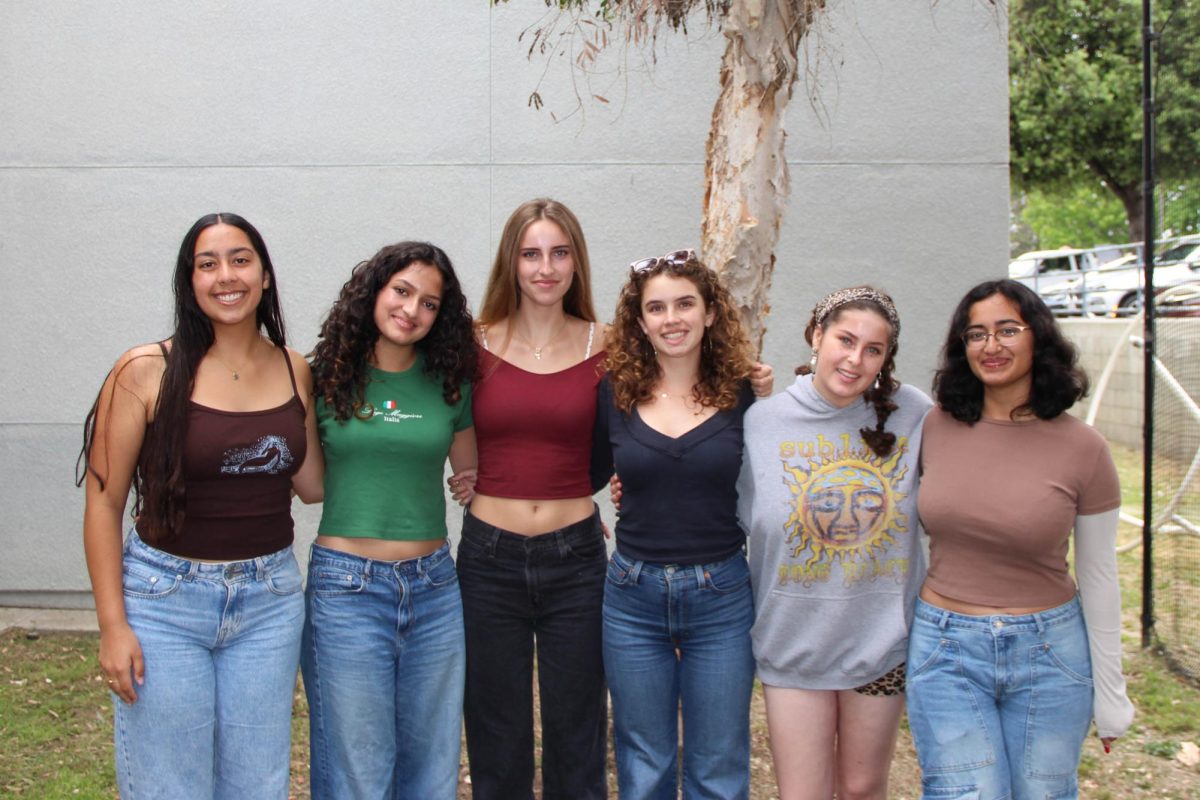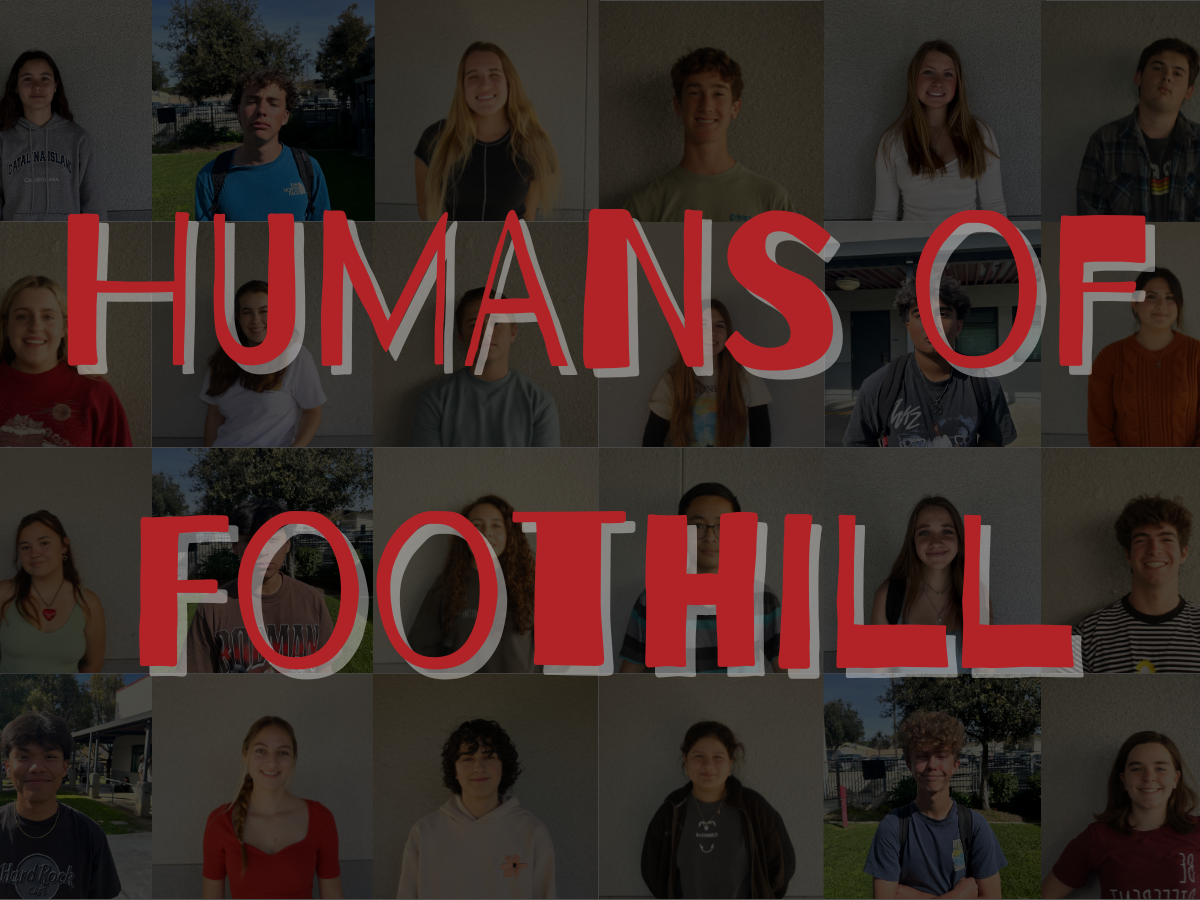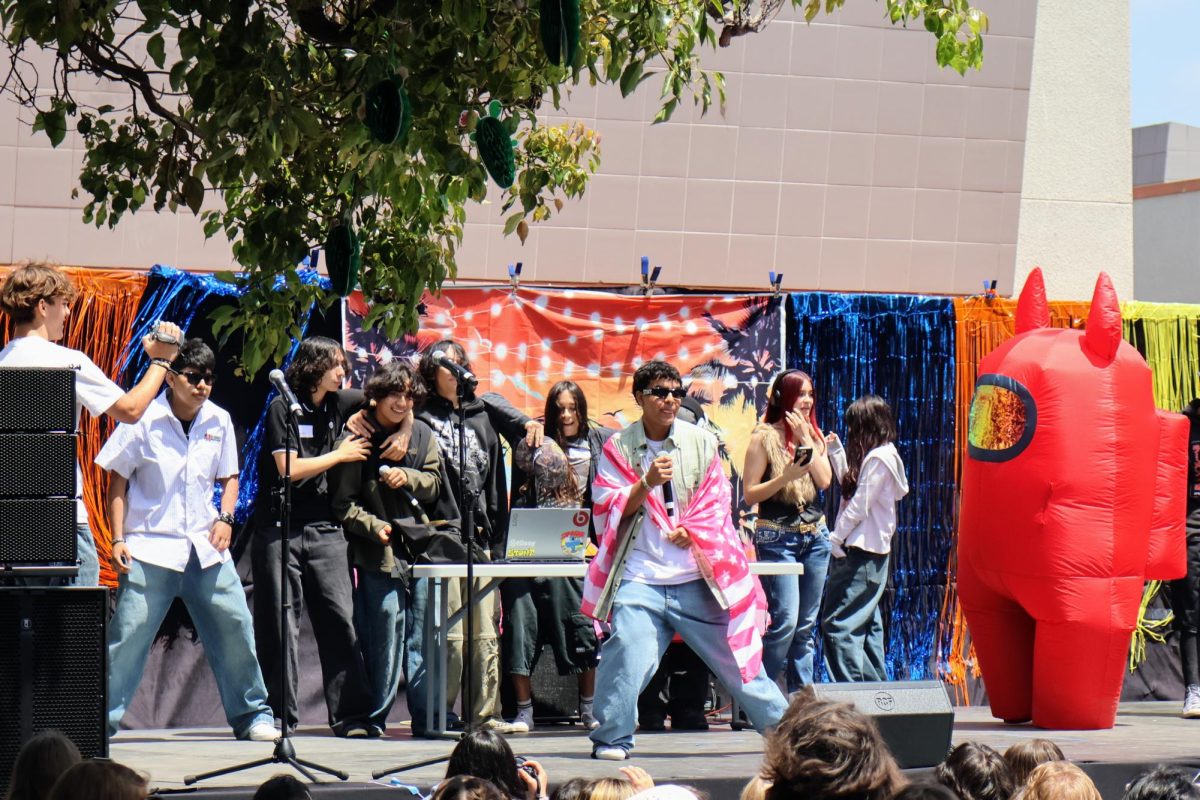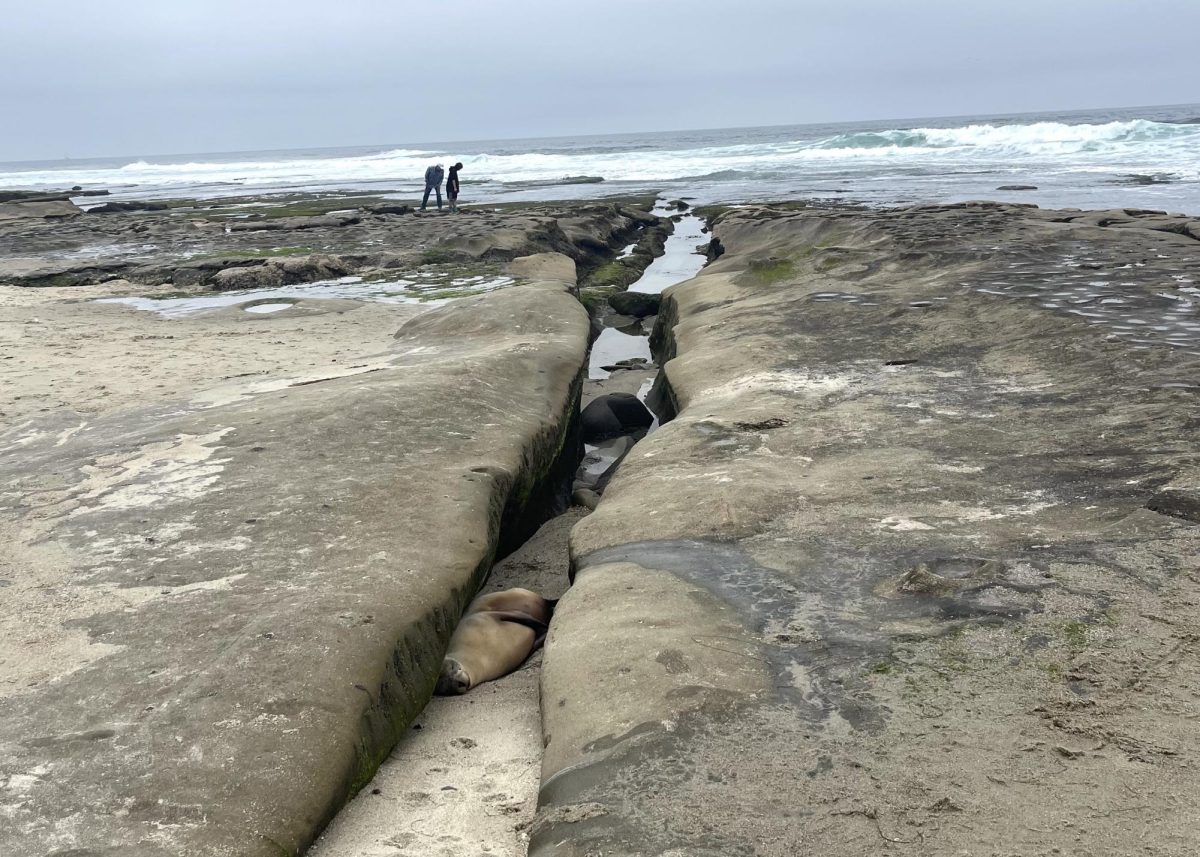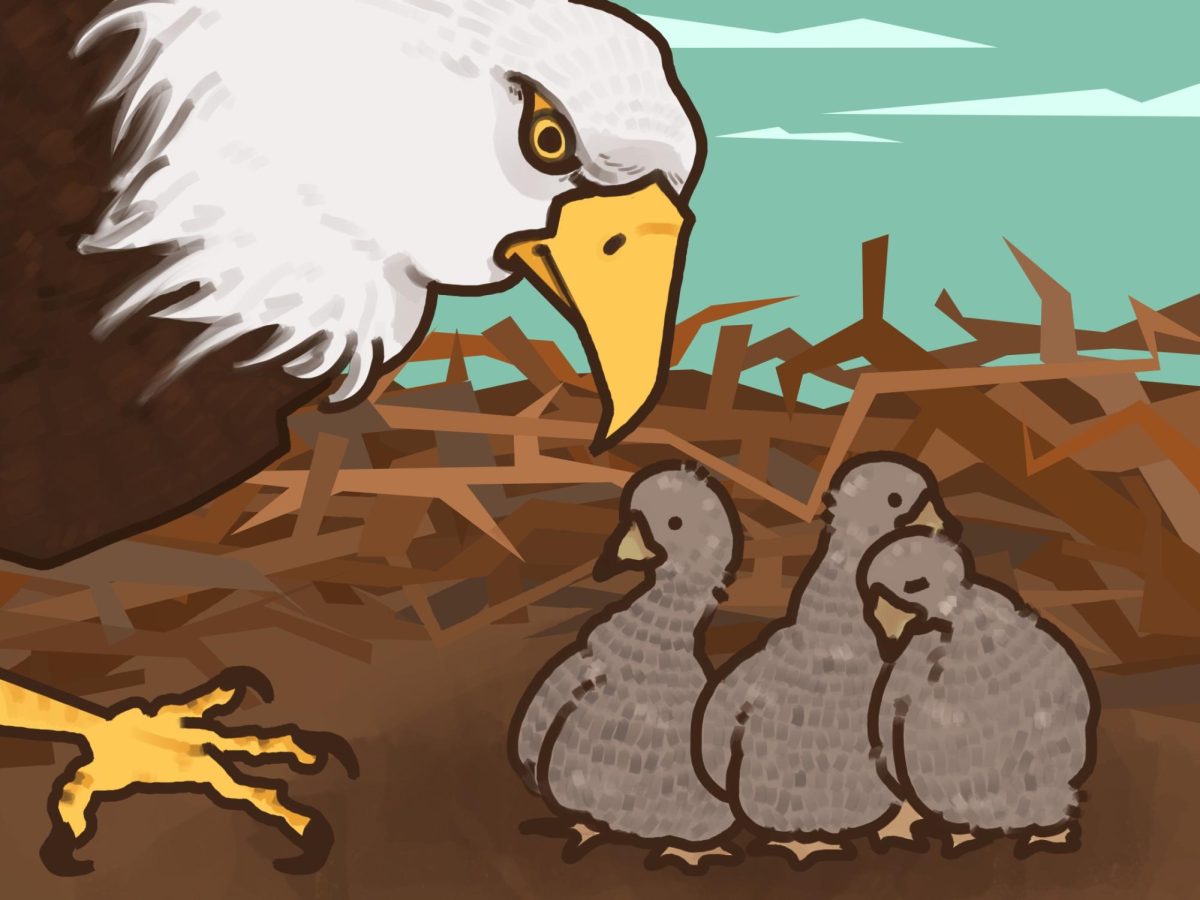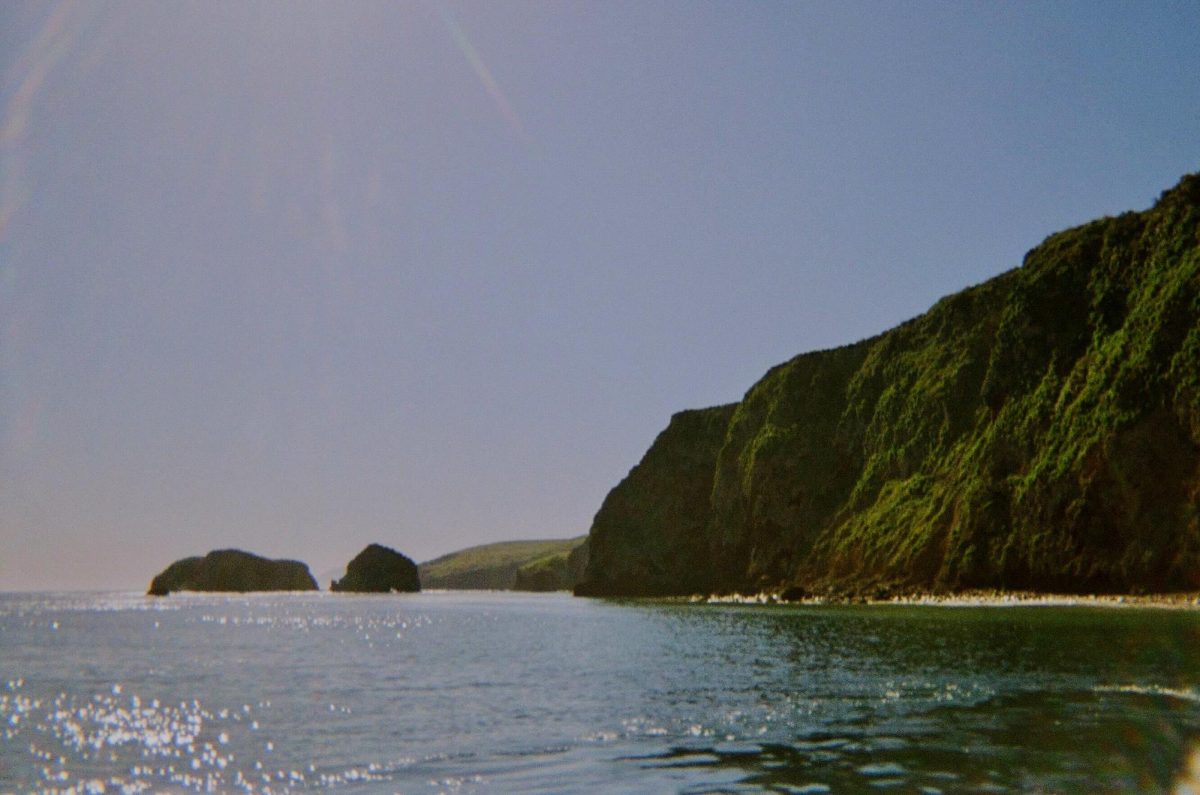Imagine a Ventura, Calif., where soft sand replaces abrasive rock on our beaches and endangered steelhead trout can freely migrate to their head water habitats. Sounds ideal, right? Well, removing the Matilija Dam could make these dreams a reality by replenishing long deprived ecosystems and restoring the natural state of the Ventura River Watershed.
Originally constructed in 1947 to provide water storage and flood control for the Ventura River Watershed, the Matilija Dam has been deemed non-functional for decades and poses significant threats to the surrounding environment and community. Approximately 9 million cubic yards of sediment have accumulated behind the dam, reducing the reservoir to less than two percent of its original water capacity. Natural sediment flow plays an important role in replenishing Ventura’s coastlines, but the Matilija Dam prevents the occurrence of this vital process. One popular spot that is negatively affected by this lack of sediment flow is the sand-less, rocky shoreline of Surfer’s Point, but many locations along the Ventura River and estuary are also negatively impacted by dam blockage.
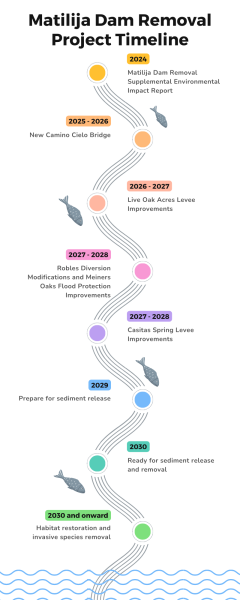
In addition to sediment, the dam is also preventing downstream migration for endangered California steelhead trout and other local wildlife. This is one of the main initiatives of the Matilija Dam Ecosystem Restoration Project (MDERP) because dam removal would give steelhead access to over 17 miles of critical habitat. Furthermore, the dam itself is built directly atop an 150 foot wide fault zone, making it an extreme earthquake hazard. Paul Jenkin, who has been working with the Matilija Coalition and the Surfrider Foundation for almost 30 years, said, “… studies have suggested that a magnitude seven earthquake, which is a pretty big one, within 15 or 20 miles of the dam would probably mortally wound the dam, so that’s the danger. Then it would become an emergency clean up project as opposed to a planned controlled project.”
In 1999 the Ventura County Board of Supervisors passed a resolution supporting removal of the Matilija Dam, and since then, the MDERP has been underway. Many environmental studies, including the Final Environmental Impact Statement/Report (EIS/EIR), have been conducted by the Ventura County Public Works Agency – Watershed District and the United States Army Corps of Engineers to ensure that dam removal is commenced in a safe and sound manner. In 2023, the California Wildlife Conservation Board provided $4.3 million in funding for final designs and environmental plans.
Also in 2023, the largest dam removal in U.S. history occurred along the Klamath River in Oregon. Monumental projects like these provide MDERP with valuable information regarding optimal dam removal strategies. For example, natural sediment transport successfully moved material down the Klamath River, so MDERP is planning on implementing this method as well. Inspiration for the physical removal of the Matilija Dam is also being taken from the Condit Dam on the White Salmon River in Washington. “We are modeling that dynamite blast of the orfus [holes in the base of the dam]. Klamath River did the same thing, it’s like pulling the plug,” Jenkin said.
So, when will the plug actually be pulled on the Matilija Dam? According to the current project timeline, initial sediment release is set to occur in 2030, with complete dam removal to come in the following years. However, in order to prepare downstream infrastructure for the effects of increased water and sediment flow, levee upgrades, diversion modifications and bridge reconstruction must take place. These projects are complicated in and of themselves, and the timeliness of official dam removal is entirely dependent on their completion.
Damage to private property is another potential effect of dam removal that must be addressed before the plug is pulled. If all goes to plan, water and sediment flow will follow the natural course of the Ventura River and proper infrastructure will prevent excessive damage to riverside property. But of course it is impossible to predict exact scenarios, so MDERP must prepare for the worst. “It’s only in the worst case, what we call a hundred year flood, that these properties would be damaged. The county is currently reaching out to those property owners and talking to them. Every situation is different and they have a variety of options to try and account for the effect of dam removal on those property owners,” Jenkin said.
To get involved with MDERP, Jenkin strongly urges all students at Foothill Technology High School (Foothill Tech) to, “attend public meeting when the California Environmental Quality Act (CEQA) document is released.” This document will detail the official project proposal and will likely come out during the summer of 2024. During the review period, the public can express any questions, comments or concerns they may have, so if you have ideas and want to make an impact, this is your chance.


